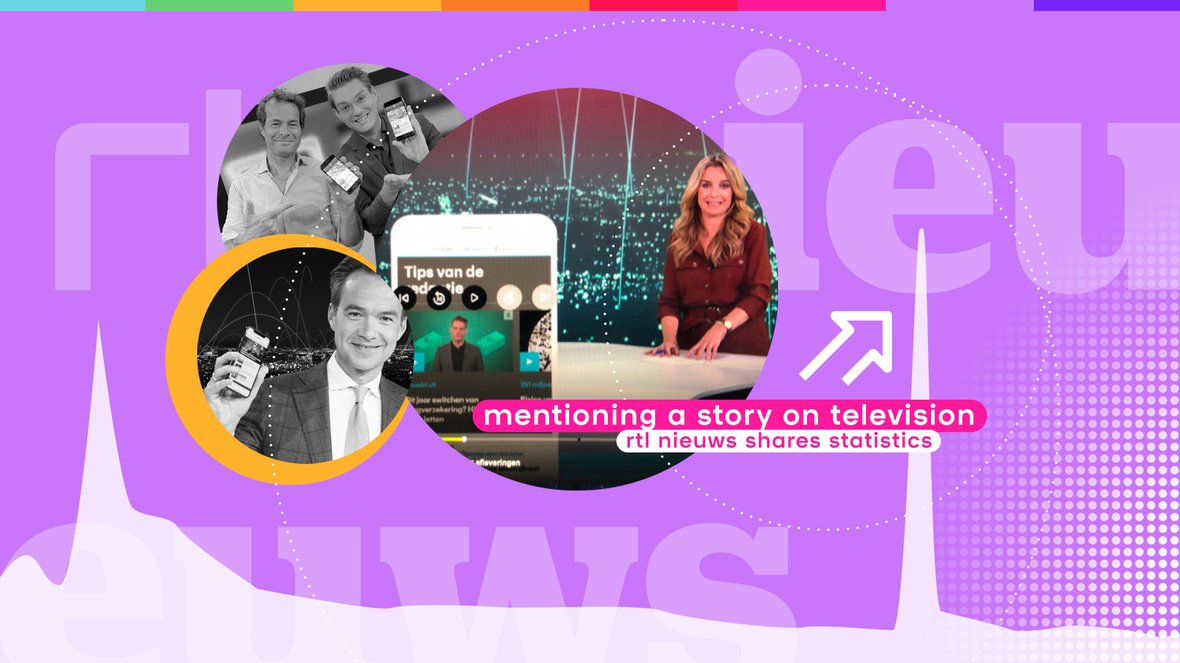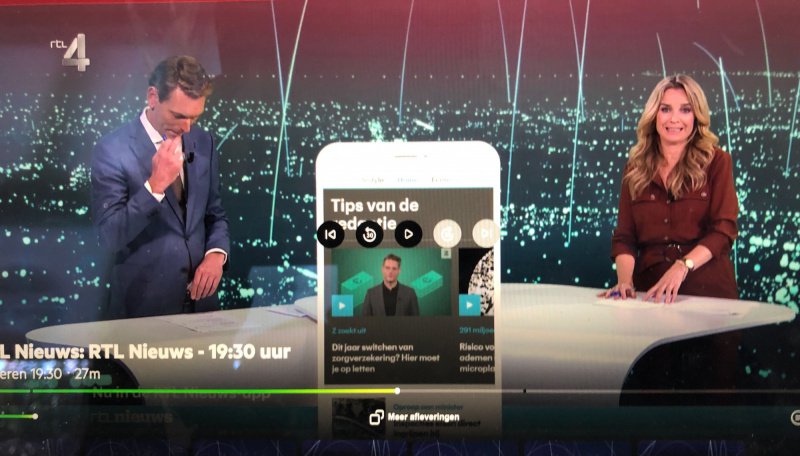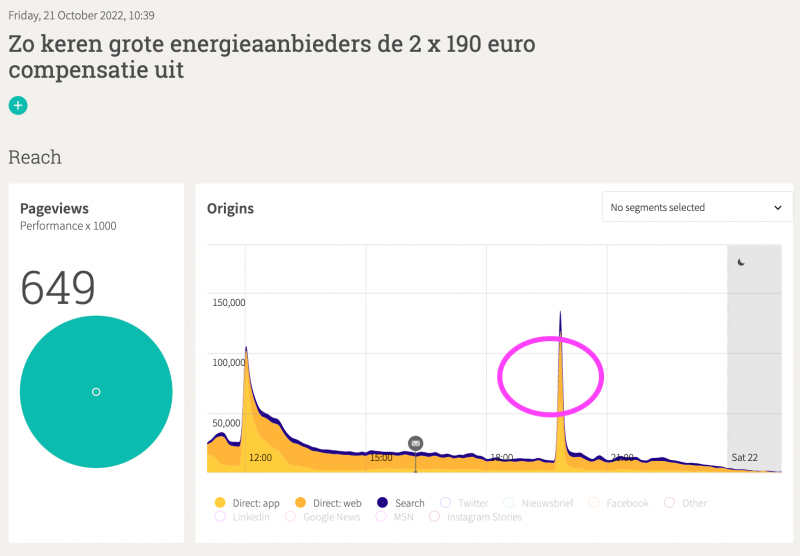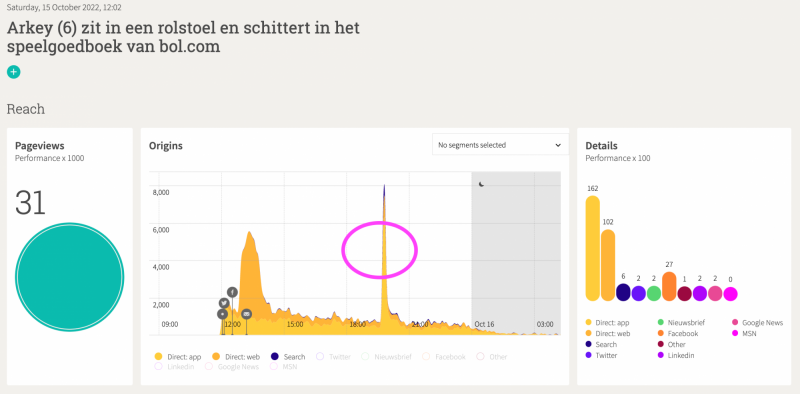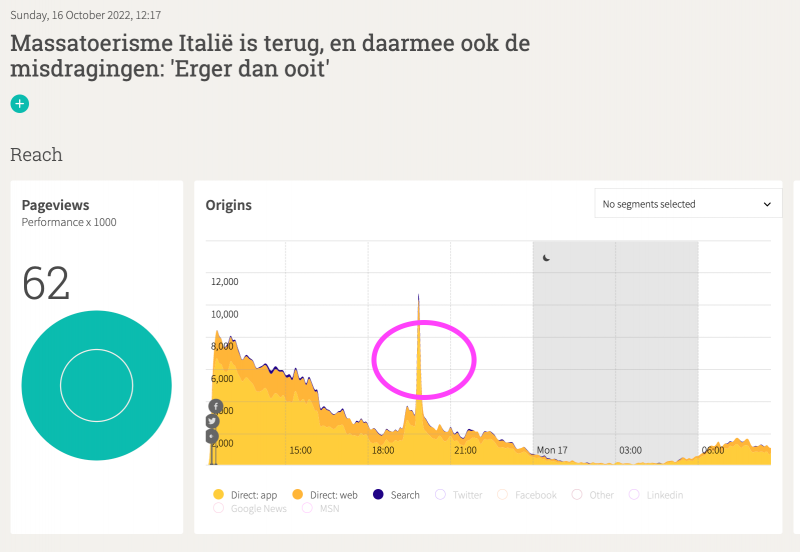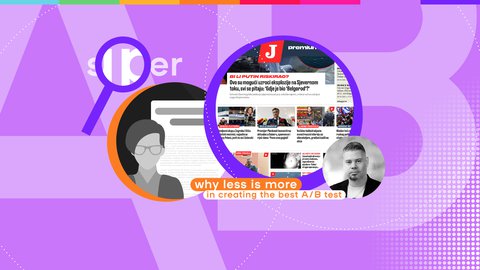TV news programmes sometimes refer to content published on their own website. It could be a way of trying to increase engagement, but does it work? Dutch publisher RTL Nieuws is finding out.
Frances Brisam is editor for RTLnieuws.nl and is eager to learn more about the behaviour of her audience. She identified two reasons why she wanted to find out if it was beneficial to refer to the website during TV programming.
- “The first reason is that it makes a connection between newsrooms. It is nice - and important to show that we can help each other.”
- “Secondly, We want to see if we can improve our online content, the way we refer to that content and make it more valuable to our TV audience. But we need to know what works best. That’s why we asked smartocto to help us analyse the editorial data. We’ve already found some interesting insights.”
How they do it
RTL Nieuws has two possible moments in their 19:30 main broadcast where they address an online story. Sometimes they have an item on their website that goes into more detail or information. “For example: after an item about the World Cup tournament football, we shared the article where visitors could see the whole Dutch selection. We only do that if it really complements the TV item.”
